The Maiella National Park
A green lung in the heart of Abruzzo, consisting of the Maiella, Morrone, Porrara, Pizzalto and Rotella mountains, all separated by valleys and karst uplands of glacial origins.
A green lung in the heart of Abruzzo, consisting of the Maiella, Morrone, Porrara, Pizzalto and Rotella mountains, all separated by valleys and karst uplands of glacial origins.
The Monti Pizzi rise on the south-east of the Park, together with the Monte Secine, a hilly and sweet environment dominated by clays.
The Mother Mountain of Abruzzo
Called the Mother Mountain by the people of Abruzzo for its round silhouette recalling feminine shapes, the Maiella is the most singular massif of the whole Apennines: its limestones sedimented starting from 100 million years ago on the bottom of a tropical sea rich of life, as witnessed by the huge number of fossils still chiselled on its rocks.
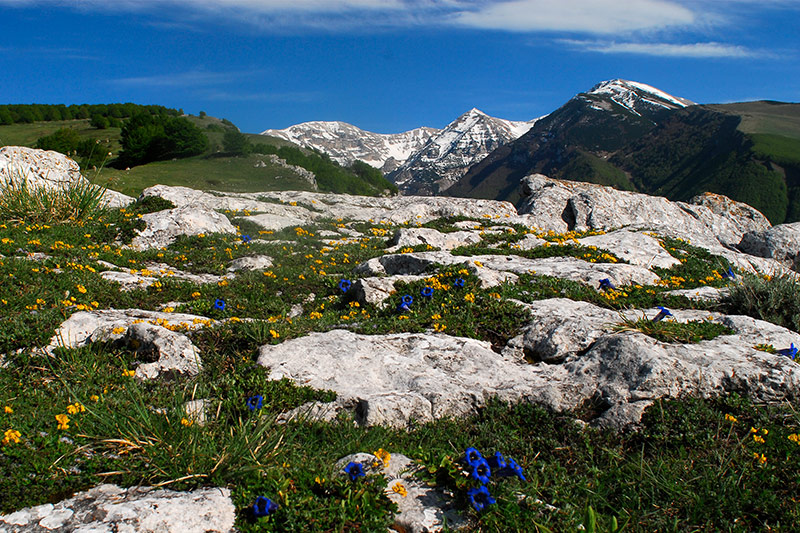
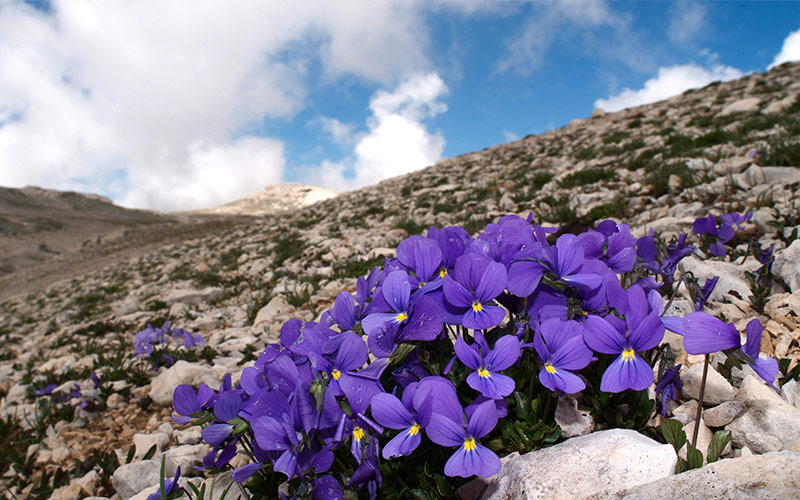
The vegetation of the Maiella is incredibly rich: the counted species are 2300, 70% of the whole vegetation of Abruzzo. The huge value of the flora is witnessed by the presence of numerous rare species, mentioned in the Red List of Endangered Species and worthy of protection. The exotic species in the Park are 126, and just a fraction of them are naturalised, testifying the optimal conservation status of the area.

The Maiella National Park is home to some of the most important animal species living in the Apennines. The Apennine wolf, symbol of the Park, has become one of the most numerous species during the years. Instead, the Marsican Brown Bear is very rare to be seen since the population living in the Park consists of very few specimens. The forests in the Park underwent interventions of re-forestation in the last years, allowing deer and reed deer populations to grow exponentially and therefore to be easily spotted.

More than 100 caves have been counted in Maiella, whose origins are due to karst phenomenon, i.e., the superficial and underground erosion of limestone rocks that gives birth to places of particular speleological interest. The Cavallone Caves are the most important ones, characterised by the presence of stalagmites and stalactites, but also the Grotta Nera and the Grotta Scura are worthy of being mentioned.
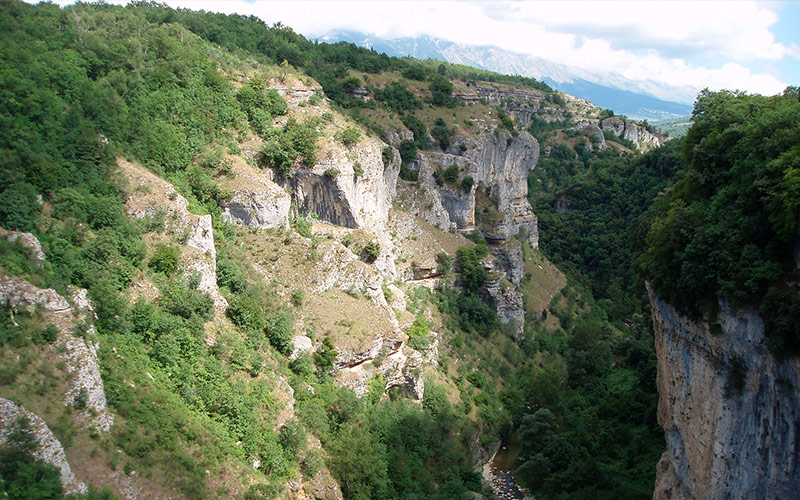
Between the Maiella and Morrone mountains the Orta Valley represents the true heart of the Park and one of the most spectacular canyons, formed by the erosion of the Orta river. A place of great beauty, whose harshness contributed to its preservation from anthropization, allowing several wildlife species to proliferate.
Geodiversity and territorial protection
A geosite is a place with particularly significative characteristics, where the geological features are rare and unique, creating spectacular landscapes that can give back precious information about the knowledge of Planet Earth. These are representative element of the geodiversity of an area, recognised and highlighted for their scientific and cultural, educational, landscape, historic or touristic interest.
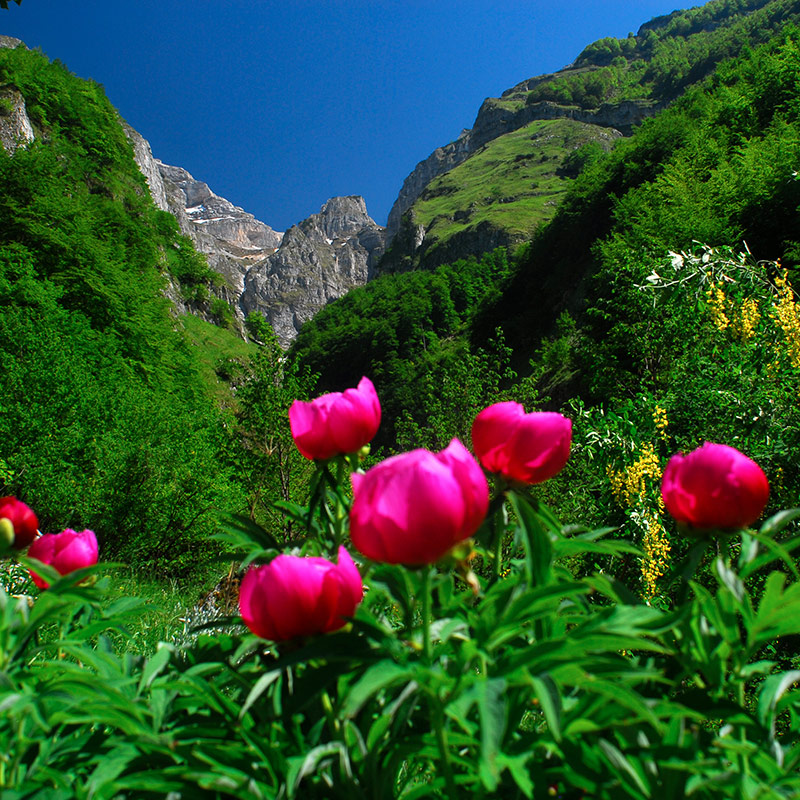
Since April 21st, 2021 the territory of the Maiella National Park has become a Global UNESCO Geopark with the name Maiella Geopark. A very important award made possible by the high geodiversity of the territory consisting of 95 geosites, 22 of which having international value. The Geopark extends for 740 square kms, whose altitude range goes from 132 to 2800 metres, including 60 peaks in the Maiella massif, half of which towering beyond 2000 metres above sea level.
A landscape of rare beauty, characterised by a high morphologic heterogeneity consisting of gorges, rivers, permanent lakes and reliefs. Also, the diverse microclimates must be added to all of this, along with ecosystems and ecological niches, conferring the Maiella Geopark a high biodiversity. A place of incredible landscape, naturalistic and educational value, absolutely not to be missed by the tourists visiting Caramanico Terme.
Alcuni dei geositi del Maiella Geopark*
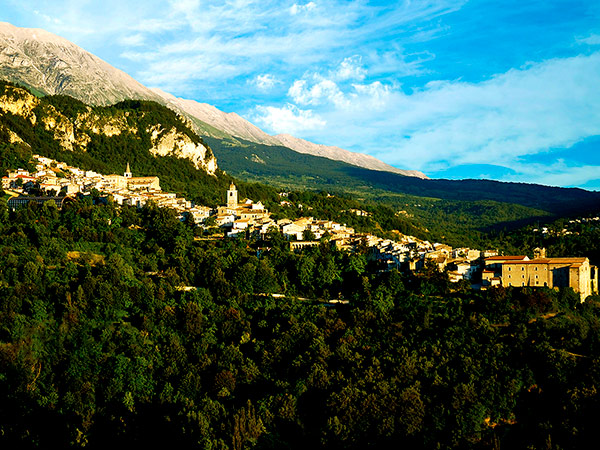
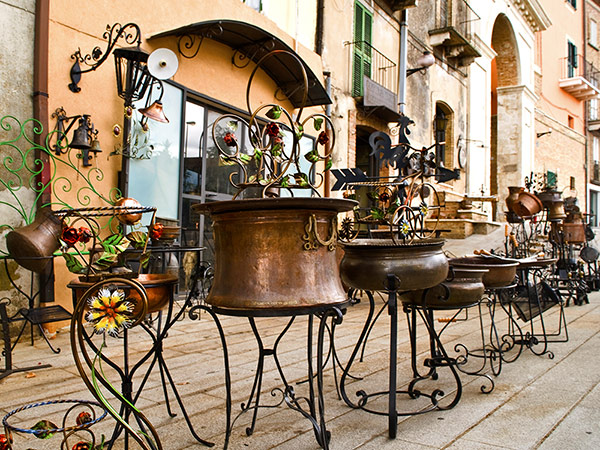


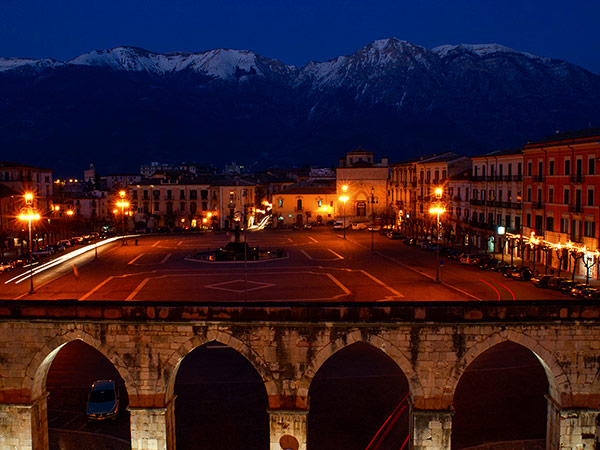
*Copyright immagini geositi Ente Parco Nazionale della Maiella
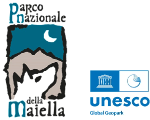
The Maiella National Park is scattered with a good number of structures whose aim is to assist and support the visitors. In the visitor centres it is possible to get information about trails, tourist itineraries and accommodations, flyers and free informative material, maps, books and local products.
At the centres is also possible to book scheduled guided hikes, or to ask for a personal guide for your family or group of friends.
More